Mixed Farming In India
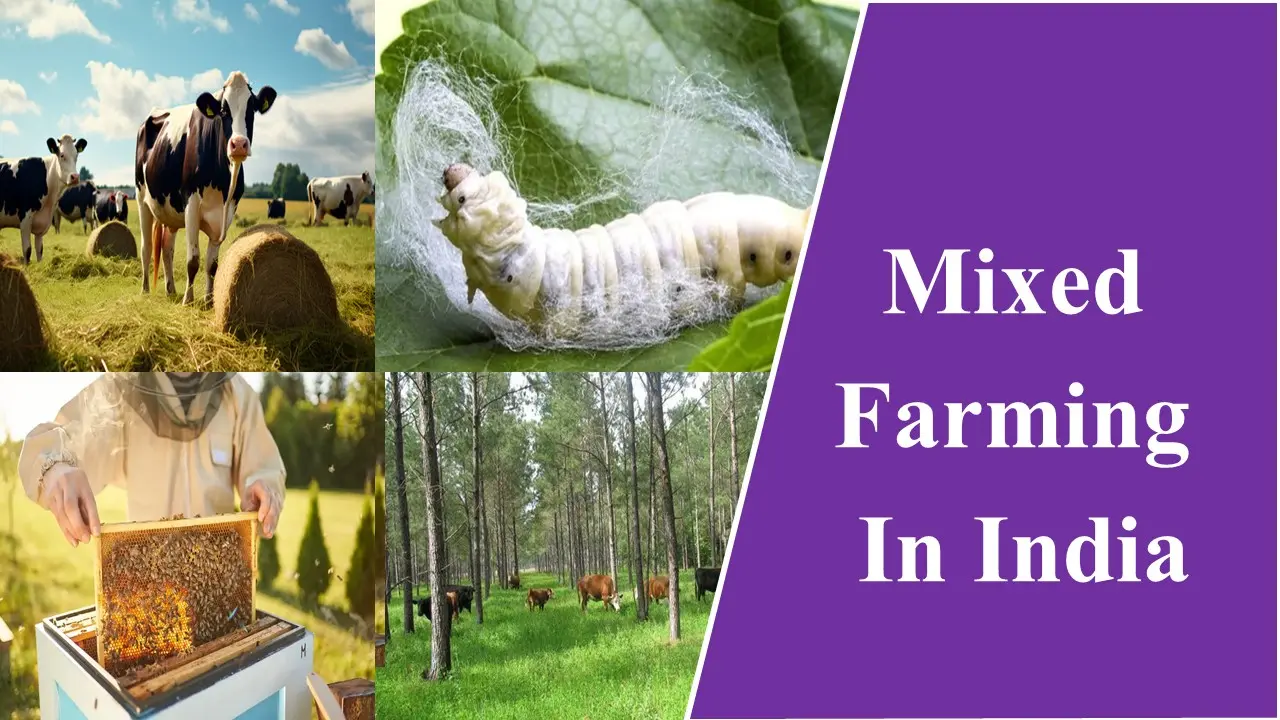
Mixed farming in India is a combination of many enterprises related to agriculture which are of independent nature, resulting to a certain extent in the diversification of occupation. In India mixed farming generally means crop production along with livestock raising. Crop production can also be combined with poultry farming, pig farming, mushroom cultivation, sericulture etc. A farm is considered as a mixed type if at least ten per cent of its gross income is contributed by the secondary enterprises.
Advantages of Mixed Farming
- Increase in the productivity of farm land and animals as the farm provides ample feeds and fodders to animals, who in term give manure (dung-urine) to the farm land.
- Better use of farm animals for draught including transport purpose.
- Rational and more effective use of farm labour.
- Systematic recycling and proper use of farm by products and waste materials.
- Better scope for intensive cultivation and hence, higher profit per unit input.
- A sort of insurance in case of failure of the main crop.
Under Indian conditions one or more of the following enterprises can be combined with crop production.
1-ANIMAL FARMING
The feeding, breeding, management and disease control of farm animals is known as animal husbandry. This generally includes cattle farming, goat farming, sheep farming, hog farming and poultry farming.
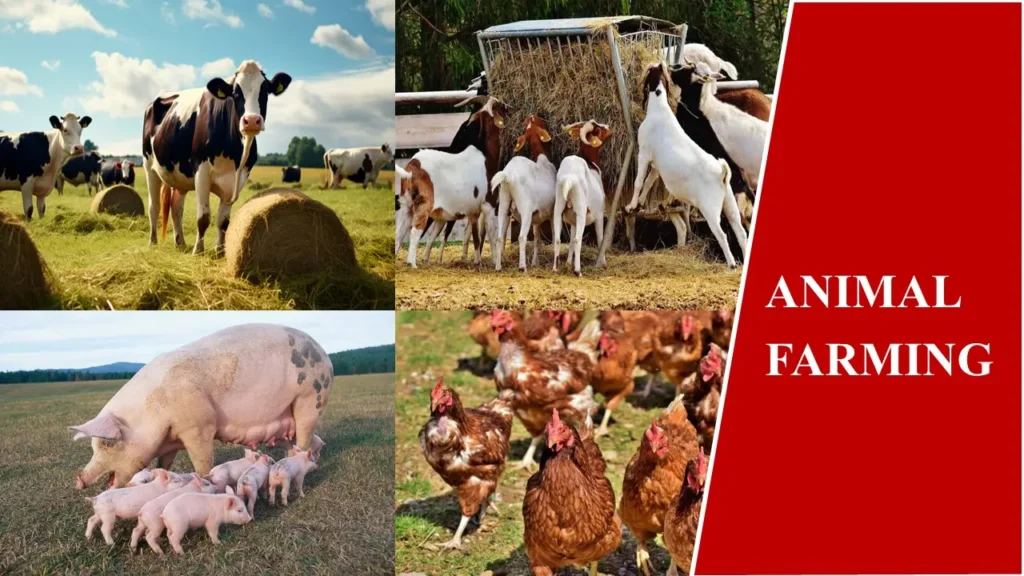
A-Cattle Farming
The holdings of the majority of farmers in the country are small and fragmented. They do not keep the farmer busy all the year round. During the off season, he remains almost idle. Milk and milk products are the only source of animal protein in his diet.
B-Goat Farming
One of the first animals to be domesticated by man was goat. Goats provide milk, meat, hides, manure. They were commonly used for sacrificial purposes even in early biblical times. Domestic goats (Capra hircus) are descendants of pasang (C. aegagrus), represented in Europe by the Cretan and Cyclades races. East was probably their earliest home.
C-Sheep Farming
Sheep are unique among domestic live- stock, for they are reared for a variety of purposes and can be maintained under diverse environmental conditions. Sheep produce two different kinds of crops each year, wool and lambs, bringing in an income to the farmer twice in a year. Since the crops are entirely different, the price of one does not have a bearing on the other.
D-Poultry Farming
The term ‘poultry’ includes fowls, ducks,geese, turkeys, guinea-fowls and pigeons, but is more often used for fowls. Keeping fowls for eggs, raising broilers for meat, poultry breeding and hatcheries are the common poultry enterprises. Poultry has been in vogue in India for over 5,000 years but most of the world’s scientific knowledge of poultry husbandry has resulted from researches done within the past 75 years or so.
2- SERICULTURE
Sericulture Rearing of silk worms for the production of silk is known as sericulture, it is a labour intensive agro-industry. Presently, China ranks first in production of mulberry silk, India ranks second followed by Japan, USSR, South Korea, Brazil etc. In India nearly 52,000 villages are engaged in sericulture generating employment for nearly 62 lakh people directly and indirectly, next to the hand- loom industry. Sericulture is an export oriented sector of the economy with annual foreign exchange earnings of above Rs 255 crore.
Sericulture can be broadly classified into two distinct sectors viz. mulberry and n non-mulberry. In non-mulberry silk there are three types viz. Tasar silk, Eri silk and Muga silk. Much importance and scope is attributed to mulberry silk sector.
The most important consideration is the effective utilization of family labour, particularly the aged, handicapped illiterate and women folk. One hectare of mulberry generates remunerative employment to 12 to 13 persons throughout the years. Sericulture plays a significant role in the distribution of wealth from rich class to the poor sections of the society. Silk is mostly consumed by the rich class and its monetary value is distributed among the farmers, reelers, twisters, weavers and tradersut
Sericulture rightly fits in uplifting of socio-economic conditions of rural folk and can serve as an effective tool for rural reconstruction, benefitting the weaker sections of the society.
Sericulture involves four distinct stages namely mulberry cultivation, silk worm rearing, reeling and weaving.
Mulberry is generally cultivated under irrigated condition, but a hardy plant it can be raised under rainfed conditions with minimum rainfall of 5,00 mm. It is a perennial plant with short generation period.
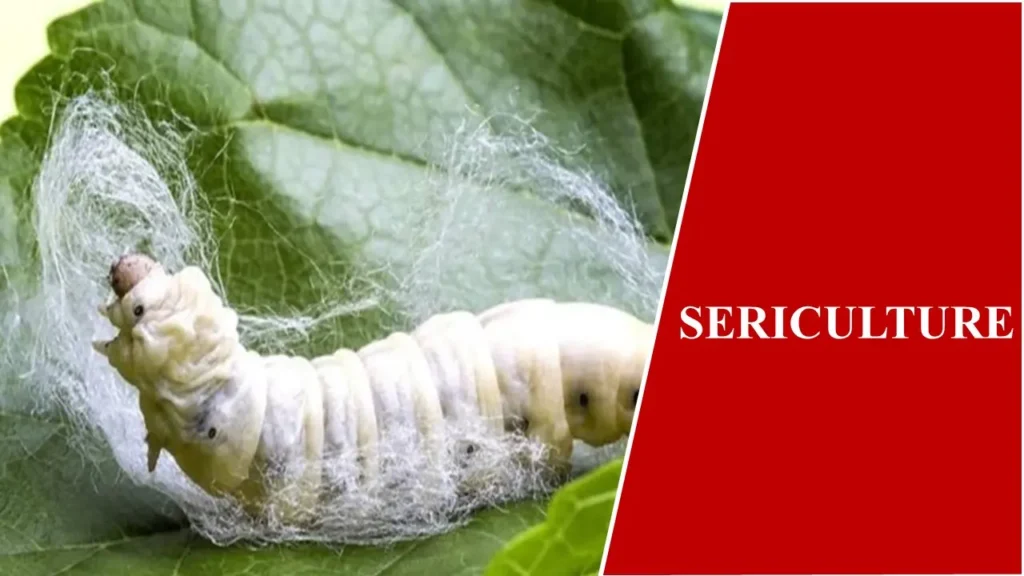
3- APICULTURE
The rearing of honey-bees for the production of honey and wax is known as apiculture. It was in the nineteenth century that bee keeping as a result of scientific research, became a commercial proposition. Studies threw new light on the biology and behavior of bees. These findings formed the basis of the bee management which has been undergoing modifications from time to time.
Bee keeping provides an ideal subsidiary occupation with very little effort and expenditure. Honey-bees produce nutritious honey and valuable wax. Be- side the direct advantages, bees pollinate vegetable, fruit and field crops, thus in-creasing the yield. At cold places, the pistils are liable to be destroyed by frost unless quickly fertilized. The presence of a large force of bees at the right time ensures their rapid fertilization and a heavier crop through better fruit set. Many varieties of almond, apple, pear, plum and sweet cherry cannot set fruit with other own pollen. The honey-bees being under the control of man can be utilized for pollination with great ease and advantage. Yield of Brasica and clovers is increased manifold if beehives are kept near or in these fields during flowering.
This is also true in regard to berries of all kinds and several vegetable crops such as radish, turnip and cabbage when these are grown for seed.
Five species of honey-bees are found in India. These are Apis dorsata, Apis cerana-indica, Apis florea, Melpona sp. and Trigona sp. True honey-bees belong to the genus Apis.
The species of Melipona and Trigona are about the size of gnats and possess no sting. Apis dorsata (Rock bee or Giant bee) and Apis florea (Chhoti Makhi or little bee) are not important commercially. However, these are good pollinators for crops having small flower. From, commercial point of view Apis cerana indica is most important and can be maintained in hives.
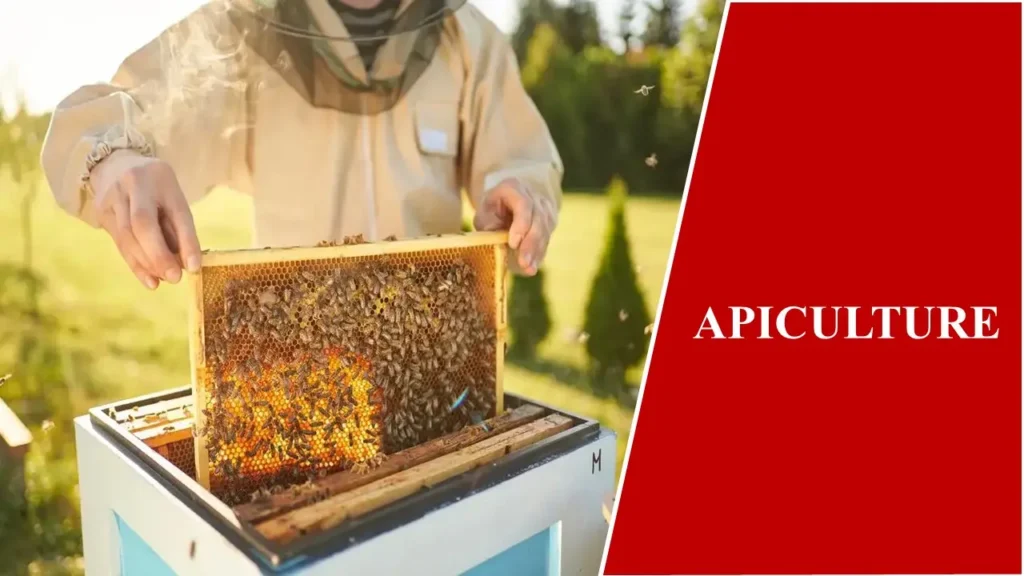
4- MUSHROOM CULTIVATION
Mushrooms are higher forms of fungic which can be grown easily on agricultural wastes. Their fruit bodies are fleshy, palatable and rich in nutrients and hence they assume a great importance as a value of dietary article. The protein content in mushrooms is twice as high as in most vegetables except green peas. Besides quantity the quality of protein is of high value with the presence of all essential amino acids especially lycine and tryptophan which are not found in any other vegetable sources and are found only in animal protein sources. Starch content is very low, but the starch present is of high quality i.e. in the form of glycogen which is easily assimiable in human body. Mushrooms are rich in vitamins and minerals. Presence of higher percentage of potassium and low percentage of sodium makes them ideal food for people with abnormal blood pressure. Sugar content is very low and are deficient in chlosterol and hence mushrooms are ideal for diabetic patients also.stbiqinion
Because of these reasons mushrooms occupy an important place in vegetarian diets of the world. Mushroom cultivation and consumption if spread to the rural areas will greatly help improving the income, health and general economy of the farmers. As mushroom cultivation could be done under closed structures such as thatched huts, it does not compete with agricultural land. Mushroom cultivation makes a highly practical and useful component of mixed farming.
There are several genera of cultivated mushrooms, but commercially Agaricus bisporus (white button mushrooms), Volvariella volvaceae or cheese mush- room and pleurotus species or oyster mushroom are the most important cultivated mushroom. Cultivation of Agaricus or button mushroom can be taken up on synthetic compost at 15-20°C which is the most ideal temperature for its growth. So it can be grown during the winter season in Northern India.
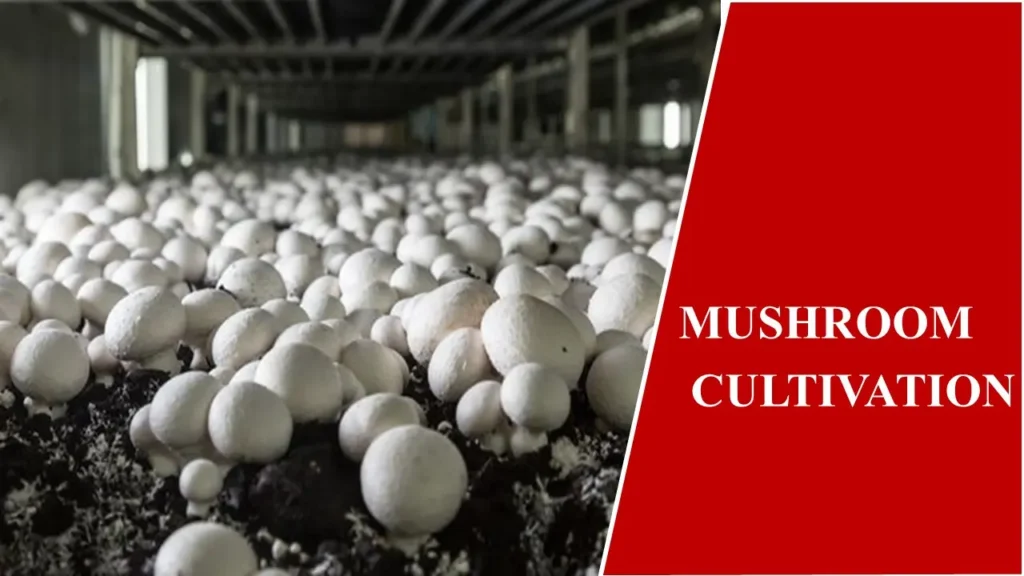
Different steps in cultivating mushroom are:
(i) composting;
(ii) bedding;
(iii) spawning;
(iv) casing;
(v) cropping.
The following things are essential for starting mushroom cultivation:
(i) spawn;
(ii) suitable medium (straw, com- post);
(iii) mushroom house;
(iv) suitable market.
Spawn or seeds are available from most agricultural universities and training for mushroom cultivation can be got from these universities.
5- SILVIPASTURE
India is already short of forage production for the country’s bovine population. This is a type of crop husbandry in which forage is produced from the traditional forage crops as well as from certain multi- use trees/bushes by including the forage plants in the well established grain crop rotation in the farmers fields. The share of silvipasture in a mixed farm can vary depended upon the soil properties, irrigation facilities and requirements of the farmer.
Under silvipasture forage grasses and legumes are grown in interspaces of systematic tree plantation. The trees should be hard and fast growing and should also be fodder-cum-fuel, fodder-cum-green manuring or fodder-cum-gum type with tolerance to lopping. There should be a good compatibility between the grasses and the trees selected for this purpose. These should also have a quick generative capacity and ability to propogate – vegetatively as well as through seed. Subabool (Leuceana leucocephala) Shevri (Sesbania aegyptica) Augasthi (Sesbania grandiflora) and some species of Acacia and Abezza have been found suitable for this purpose. However, these should be selected keeping into consideration the topography, climate, land type and water facilities of the farm stead.
When the forage trees are grown along with food grain crops this is known as Agro Silvipasture’. Crops like wheat, sorghum and maize etc. can be taken up with these trees under irrigated conditions while sesame, barley, small millets etc. can be taken up under unirrigated conditions. The distance between two rows of trees/bushes is maintained at 3-4 meters. During growth, the lower branches are prunned frequently and the main shoot is allowed to grow. Ataheight of 2 or 1.5 meters, its canopy is maintained and manipulated at harvest to allow penetration of light for the associated crop.

Join Times of Agriculture
Get the latest Agriculture Magazine and regular important updates right on your phone.
👉 Join WhatsApp Group